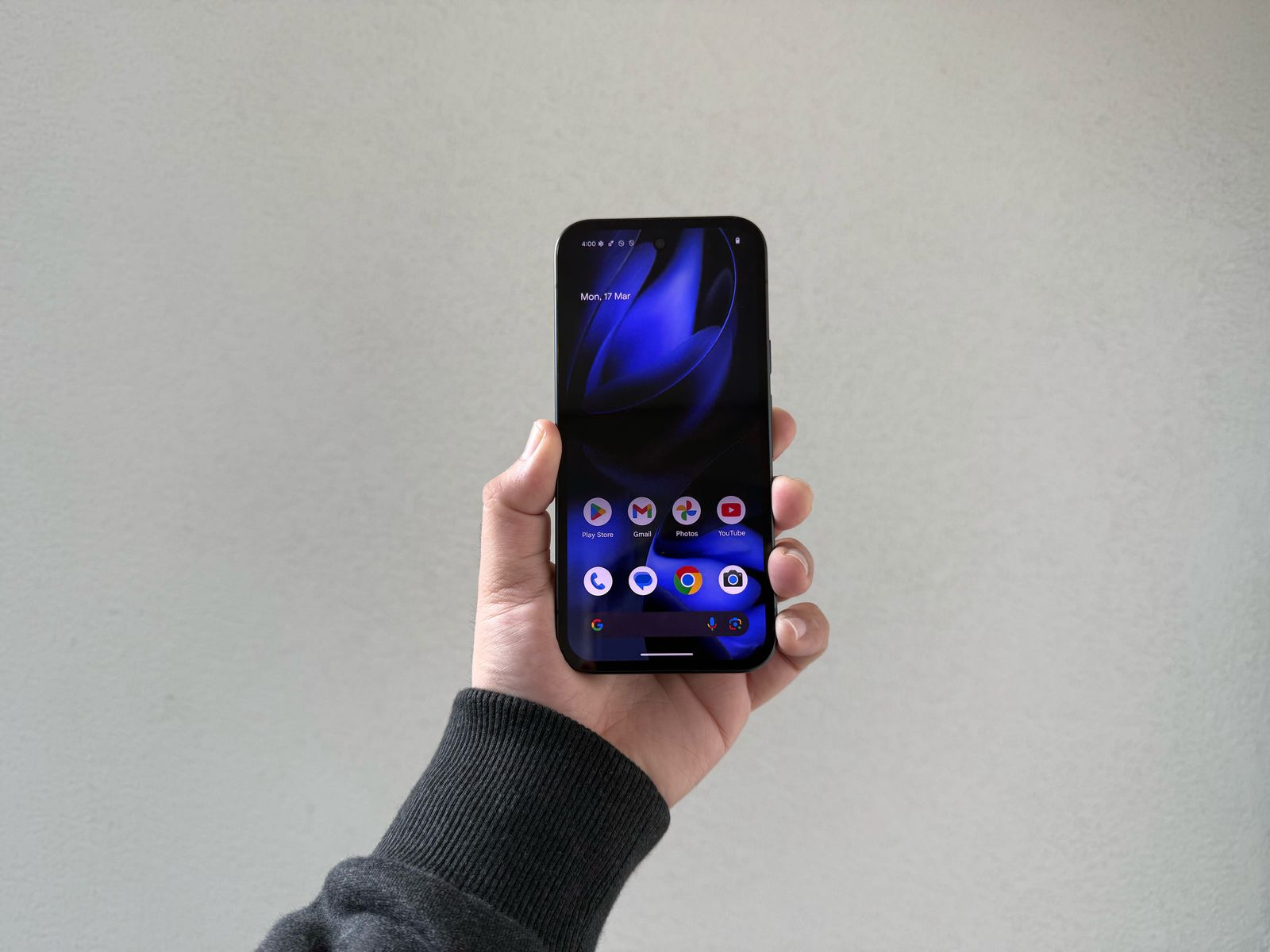
Google’s new phone features a redesigned, pill-shaped camera array on the back, tucked into the upper left corner, replacing the horizontal camera bar seen on the Pixel 8a. The device comes with a 6.3-inch OLED display that supports a high refresh rate, a Tensor G4 processor—the same chip used in the flagship Pixel 9 series released last year—two rear cameras (a 48-megapixel and a 13-megapixel), improved IP68 protection, and a battery that lasts longer than its predecessor. Google is also offering seven years of software support for the Pixel 9a.
Google is going all-in on artificial intelligence, and its Pixel smartphones are a showcase of what the technology has to offer, which is expected to reshape the way people live and work. The Pixel 9a touts the use of generative artificial intelligence (AI) technology for editing pictures, AI image generation, an advanced voice assistant, and real-time translation. Google’s Gemini AI is deeply integrated into the Pixel 9a, just like the company’s flagship Pixel 9 Pro.
With Apple’s AI strategy still unpolished, Google makes it clear that the Pixel 9a is a better device to experience artificial intelligence at a much more accessible price. However, Apple has also taken the same route with the iPhone 16e and is making a point that its AI isn’t limited to expensive flagships.
 The Google Pixel 9a sports a vibrant 6.3-inch OLED display. (Image: Anuj Bhatia/The Indian Express)
The Google Pixel 9a sports a vibrant 6.3-inch OLED display. (Image: Anuj Bhatia/The Indian Express)
Although Pixel phones still represent a fraction of worldwide smartphone sales, they are closely watched due to Google’s involvement. The Pixel series is a demonstration of Google’s platform, showcasing the Android operating system that powers virtually every phone not made by Apple, as well as its Gemini AI, which has become the focal point of its push to mainstream AI faster than its competitors.
In recent months, Google has increased its efforts to make Pixel smartphones a competitor to the iPhone, which remains the dominant smartphone in the premium segment across major markets. In India, especially, Google is taking a more aggressive approach to increase its market share in the high-end smartphone segment. It manufactures some Pixel phone models in India and reportedly also plans to open Google-owned stores in the country. Apple is already manufacturing its iPhones in India and also operates its flagship stores there, with plans to add a few more locations in major metropolitan cities.
Story continues below this ad
Besides its latest phones, Google also competes with several popular Apple products, including its next Pixel Watch and wireless earbuds.
“Google’s AI is a big differentiator; in fact, Android has an upper hand when it comes to AI features. However, the challenges Pixel devices face are much greater—awareness around the devices is low, and the spec-to-price ratio doesn’t match up to other competitors, especially China-based vendor offerings. Moreover, at the premium end, it’s either Apple or Samsung that are the preferred choices for consumers,” Upasana Joshi, senior research manager, Devices Research at IDC Asia Pacific told indianexpress.com.
The Pixel 9a offers good value, and its price, lower than that of the iPhone 16e, gives Google an advantage. However, Apple as a brand has much greater awareness, even in India’s smaller towns, where the next wave of growth will come from.
For the past two years, Google’s share in the Indian smartphone market has been less than 1 per cent, with its share hovering around 0.5 per cent each quarter, according to IDC estimates.
Story continues below this ad
Both Google and Apple are aiming to solidify their position in the Rs 50,000-plus price segment, which, according to Joshi, is expected to see strong growth through 2024, led by Apple and followed by Samsung, which together make up 95 per cent of this space. The Rs 50,000 plus price band had an 11 per cent share in 2024, of which Google’s share was 1.5 per cent, compared to 1 per cent in 2023.
“The high aspirational value attached to Apple devices, combined with attractive offers on previous-generation devices, bank offers, and financing schemes, led to a stellar year for Apple with over 12 million annual shipments at an average selling price (ASP) of $950+. In the Android space, similar equity is driven by Samsung with its flagship devices—the Galaxy S series and Flip/Fold devices,” she added.


 The Google Pixel 9a sports a vibrant 6.3-inch OLED display. (Image: Anuj Bhatia/The Indian Express)
The Google Pixel 9a sports a vibrant 6.3-inch OLED display. (Image: Anuj Bhatia/The Indian Express)





